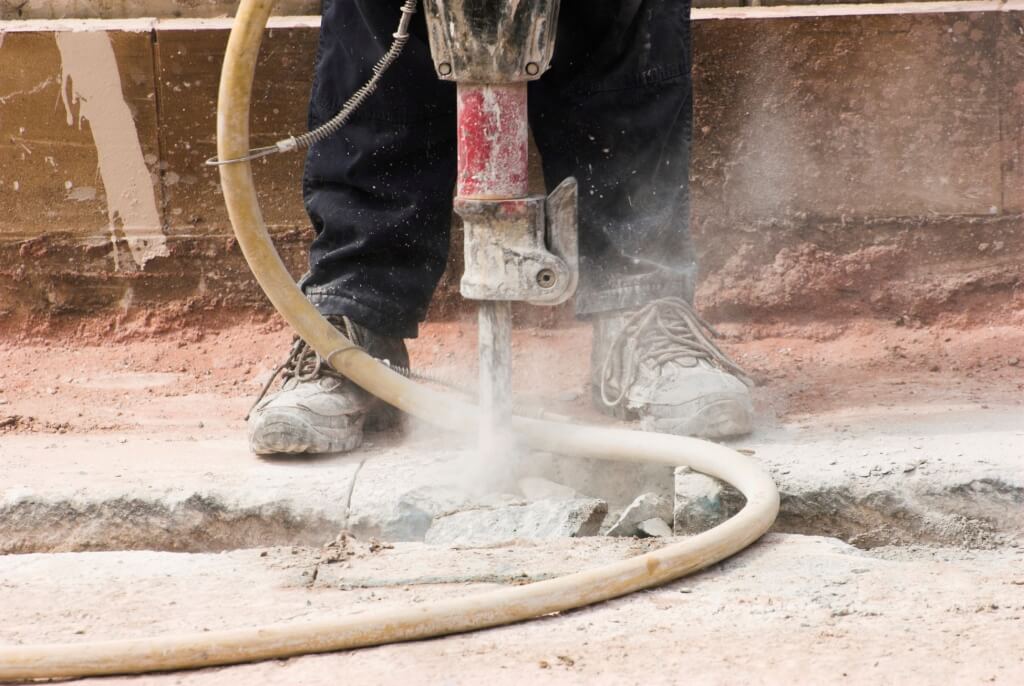OSHA Announces Final Rule on ‘Respirable’ Silica Dust

OSHA has announced a final rule to improve protections for workers exposed to respirable silica dust. The rule will help curb lung cancer, silicosis, chronic obstructive pulmonary disease, and kidney disease by limiting their exposure to respirable crystalline silica.
OSHA estimates that when the final rule on Occupational Exposure to Respirable Crystalline Silica becomes fully effective, it will save more than 600 lives annually and prevent more than 900 new cases of silicosis—an incurable and progressive disease—each year.
The agency also estimates the final rule will provide net benefits of about $7.7 billion per year.
“The previous exposure limits were outdated and did not adequately protect workers,” says Assistant Secretary of Labor for Occupational Safety and Health Dr. David Michaels.
About 2.3 million men and women face exposure to respirable crystalline silica in their workplaces, including two million construction workers who drill and cut silica-containing materials such as concrete and stone, and 300,000 workers in operations such as brick manufacturing, foundries, and hydraulic fracturing.
Most employers can limit harmful dust exposure by using equipment that is widely available—generally using water to keep dust from getting into the air or a ventilation system to capture dust where it is created.
The final rule is written as two standards, one for construction and one for general industry and maritime.
- Reducing the permissible exposure limit for crystalline silica to 50 micrograms per cubic meter of air, averaged over an eight-hour shift
- Requiring employers to use engineering controls (such as water or ventilation) and work practices to limit worker exposure; provide respiratory protection when controls are not able to limit exposures to the permissible level; limit access to high exposure areas; train workers; and provide medical exams to highly exposed workers
- Providing greater certainty and ease of compliance to construction employers—including many small employers—by including a table of specified controls they can follow to be in compliance, without having to monitor exposures
- Staggering compliance dates to ensure employers have sufficient time to meet the requirements, e.g., extra time for the hydraulic fracturing industry to install new engineering controls and for all general industry employers to offer medical surveillance to employees exposed between the PEL and 50 micrograms per cubic meter and the action level of 25 micrograms per cubic meter.
The final rule is written as two standards, one for construction and one for general industry and maritime.
Employers covered by the construction standard have until June 23, 2017 to comply with most requirements.
Employers covered by the general industry and maritime standard have until June 23, 2018 to comply with most requirements; additional time is provided to offer medical exams to some workers and for hydraulic fracturing employers to install dust controls to meet the new exposure limit.
More information is available from OSHA.
RELATED
EXPLORE BY CATEGORY
Stay Connected with CBIA News Digests
The latest news and information delivered directly to your inbox.


